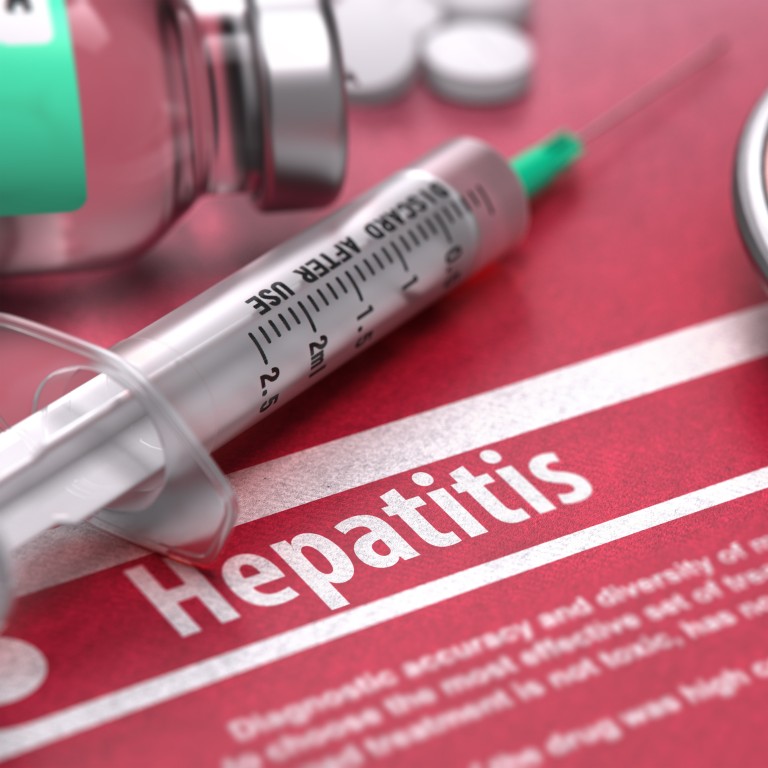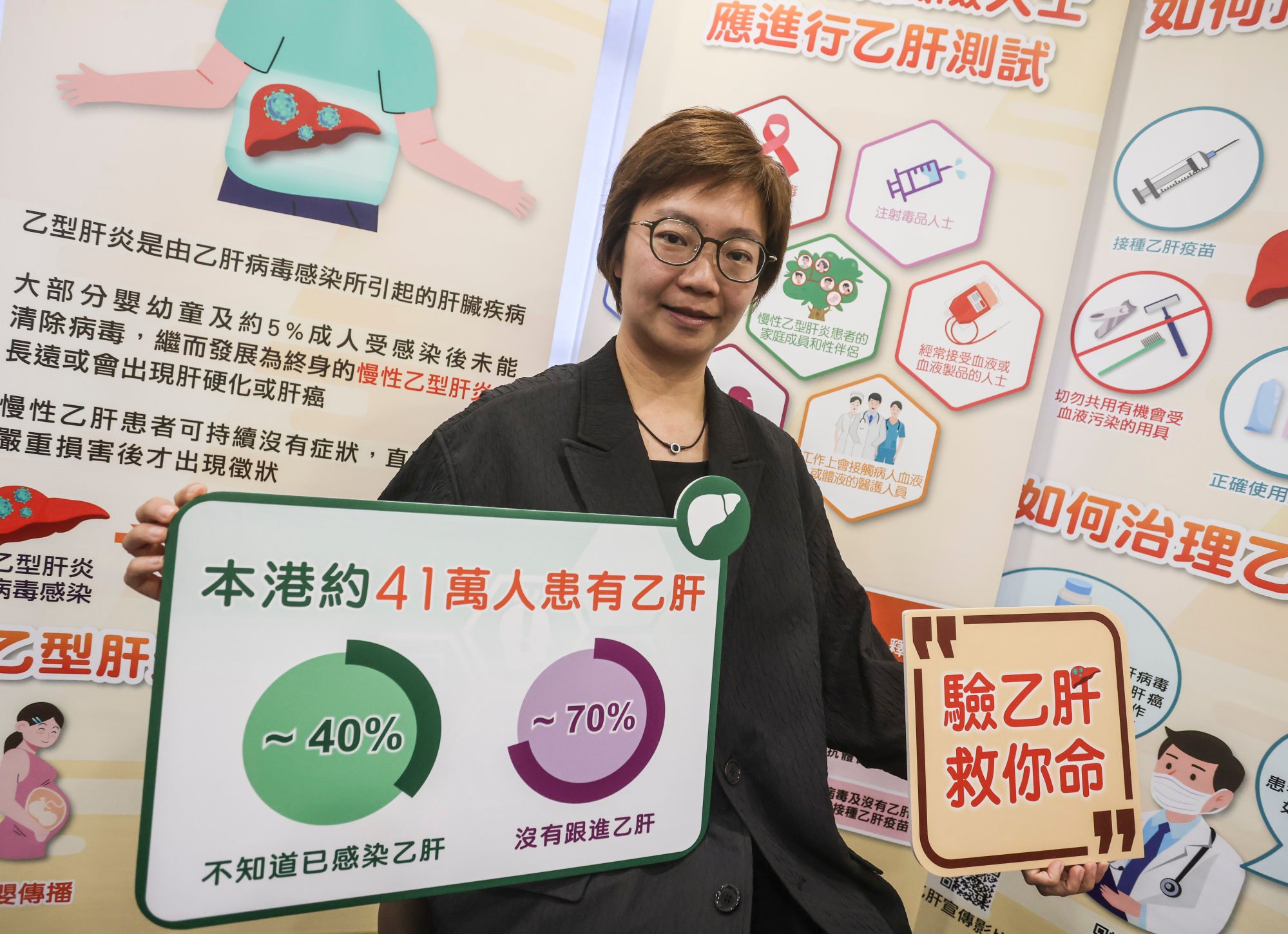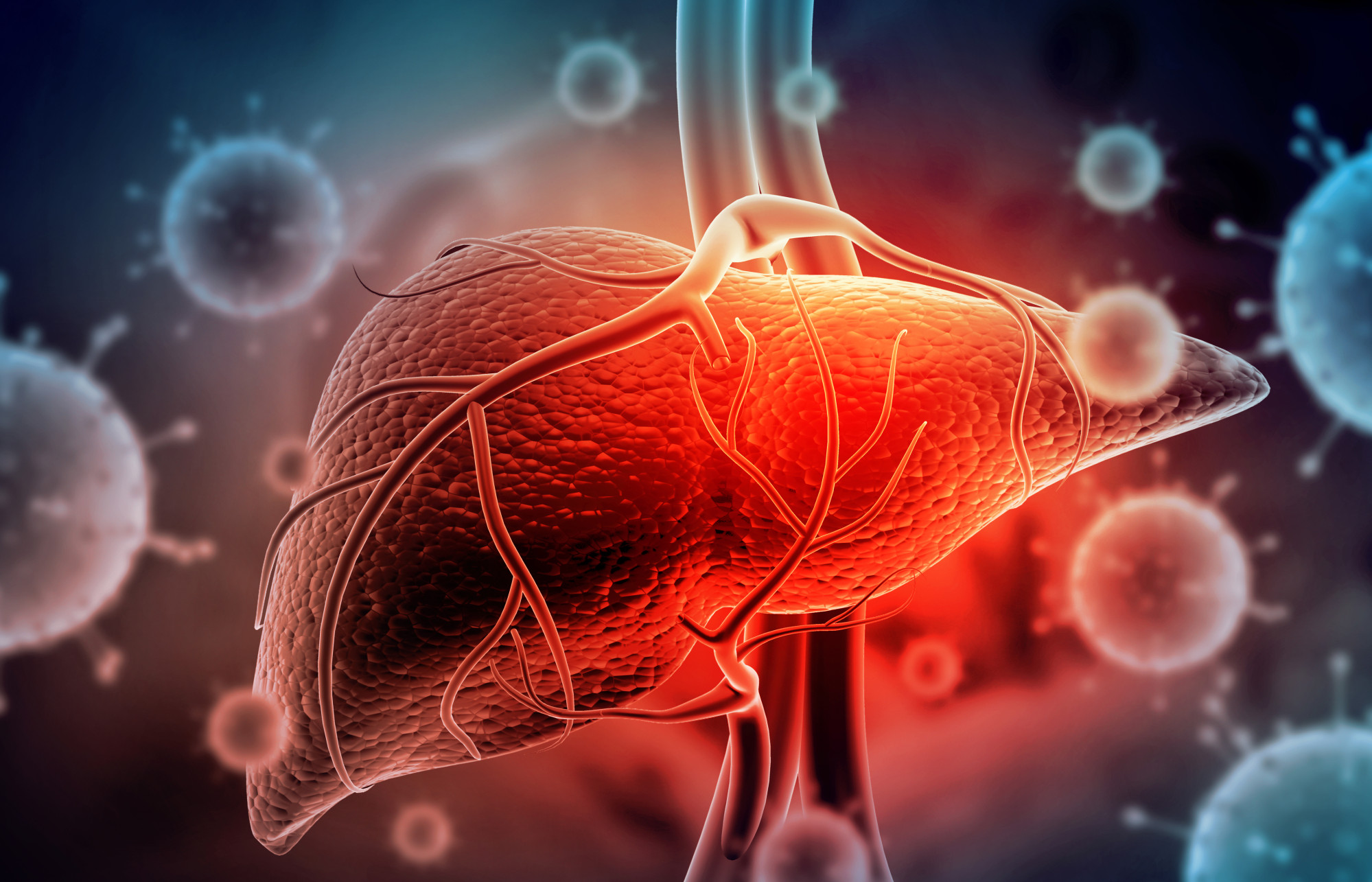
Hong Kong has long way to go to meet global hepatitis B elimination goal by 2030, health authorities say
- About 410,000 people, or 5.6 per cent of Hong Kong’s population, estimated to have been infected with virus
- WHO’s global hepatitis strategy, announced in 2016, aims to eliminate viral hepatitis as major public health threat by 2030
Hong Kong still has a long way to go to achieve an international goal of significantly reducing hepatitis B virus infections by 2030, authorities have said, warning the disease continues to remain a burden.
About 410,000 people, or 5.6 per cent of Hong Kong’s population, were estimated to have been infected with the virus, a moderate-to-high prevalence according to World Health Organization standards, an official from the Department of Health said on Tuesday.
“For hepatitis B, we’re yet to reach the 2030 goal set by WHO,” said Bonnie Wong Chun-kwan, a consultant to the department’s special prevention programme.
“A quite significant proportion of individuals with chronic hepatitis B infection [are] unaware of [their infection status].”

WHO’s global hepatitis strategy, announced in 2016, aims to eliminate viral hepatitis as a major public health threat by 2030, reducing new hepatitis infections by 90 per cent and related deaths by 65 per cent. It also aims to get 80 per cent of those infected treated by 2030.
Between November 2020 and February 2022, the department interviewed more than 16,000 residents as part of a third citywide population health survey. More than 2,000 respondents, aged 15 to 84, further completed the health examination.
It was the first time that questions and tests for viral hepatitis markers were included in the Population Health Survey.
New virus-suppressing drug offers hope to some hepatitis B patients in Hong Kong
Among the people examined, 6.2 per cent tested positive for the disease and about 40 per cent of them reported themselves as not having been infected. But Wong noted that many people with chronic hepatitis B could remain asymptomatic for prolonged periods.
Hepatitis B was mostly transmitted from mother to child in Hong Kong, she said, stressing many individuals might not experience any noticeable symptoms until adulthood. Symptoms might only appear after severe liver damage has occurred.
“By the time it is discovered, the opportunity for early intervention may have been missed,” she said.
Among untreated patients, about 15 to 40 per cent will develop liver cirrhosis or liver cancer. About 80 per cent of liver cancer patients in the city were estimated to have been infected with hepatitis B, Wong said.

According to the survey, about 70 per cent of the respondents who were found to have hepatitis B did not seek follow-up treatment for the condition.
Wong explained that part of that number could be attributed to the state of the medicine used for hepatitis B treatment.
Previously, hepatitis B treatment involved using interferon injections, which had severe side effects, she said, adding those who went to the doctors were unlikely to get properly treated.
It was not until 1998 that effective oral medications became available.
Treat hepatitis B and cut liver cancer odds, research finds
Currently, oral antiviral medications, such as Tenofovir alafenamide, have been proven effective in reducing the risk of liver cirrhosis, failure and cancer. The medications have minimal side effects and a low risk of drug resistance, according to Wong.
The hepatitis B infection rate among individuals aged 35 or above is significantly higher than that among younger generations, according to the survey.
Those born before 1988 did not benefit from the widespread childhood hepatitis B vaccination programme then, she explained.
“For hepatitis B there [is] still a lot of room for us to work on to let those who are already aware of the situation get better informed so they will seek medical care for further action,” she said.

Hong Kong has set a goal of having a hepatitis B-free generation. Since August 2020, antivirals have been provided for pregnant women with high hepatitis B viral loads to further reduce the risk of mother-to-child transmission.
Babies born to mothers infected with the disease have been offered serologic testing after hepatitis B vaccination since January 2022. As of the end of last year, 1,990 babies in total accepted the serologic testing and 94.8 per cent had an immune response to the vaccine.
The department called on individuals at higher risk of infection to undergo early testing and promptly identify and manage chronic hepatitis.
Pregnant Hong Kong women show no significant drop in hepatitis B prevalence rate despite vaccinations, study finds
These high-risk groups of people included HIV-infected individuals, men who have sex with men, healthcare workers who come into contact with patients’ blood or bodily fluids at their work, injection drug users, kidney dialysis patients and individuals who regularly receive blood or blood products.
One of the most commonly overlooked groups of all were the family members and sexual partners of individuals with chronic hepatitis B, Wong said.
She added authorities had been in discussion to formulate a screening strategy to expand the screening programmes in Hong Kong. This would enable more residents to get screened and seek medical care to meet the 2030 global goal, taking into consideration the capacity of the healthcare system and epidemiological results.

